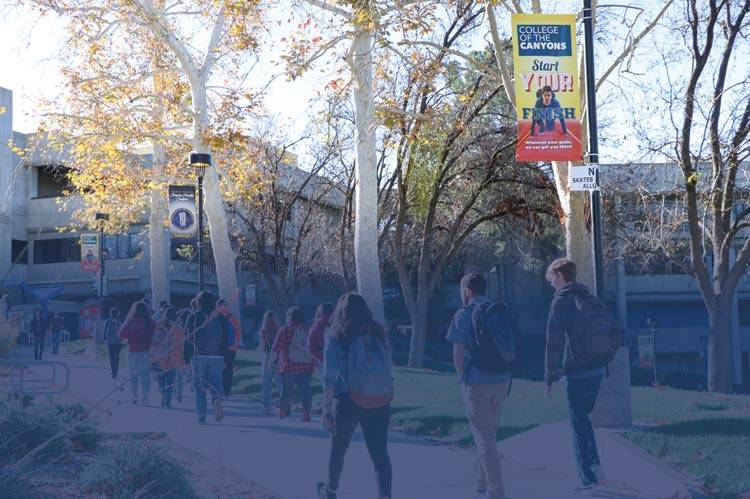Patrick Morrison
October 6 - November 5, 2009
Patrick Morrison creates vibrant oil paintings that have been compared to Max Beckman, Edward Hopper and even Monet. Mr. Morrison's work has been collected by Mick Jagger, Bono, Dennis Hopper, Sir Ben Kingsley and many others.
Exhibition Photographs
October 31st Closing Party Photographs:
Some Thoughts on Patrick Morrisons Paintings The works in Patrick Morrisons current exhibition are emotionally taut responses to his subjects, which range from night life in the Zona Rosa of Mexico City, to a vertiginous landscape in the Sierras, to idyllic gardens in his adopted California and in his native Ireland. In all these paintings the qualities of drawing and color create a highly charged sense of felt immediacy which nonetheless is conjoined with an inward sense of mystery. The recent triptych, Mambo Negro, provides a fine case in point. In Mambo Negro the incandescent contrast of light and shadows is particularly vivid. For example, in the left panel, the creamy shades of golden light on the central dancers shoes jump out of the deep blood-like crimson shadows on her legs, which are back lit with little jabs of pink. That same hot pink breaks out like a rash on the far left dancers thigh. Equally forceful is Morrisons treatment of space. The dancers crowd and tower over us in this panel, and yet to our right there is a sudden telescoping of space leading to an impossibly distant and yet energetic dancer shaking forth in a yellow dress. That same dancer, with her mouth agape, brings the fierce opposition of blood crimson and gold to an almost unbearable prominence in the central panel. All of this, the jagged slashing drawing, the utterly intensified color, the gleaming light and bloody shadows, the spatial disjunction make it seem as though Morrison summoned a demonism from himself that was, at the very least, equal to that of the dancers. Yet, at the same time, there is an enigmatic and mysterious aspect to the frenzy. It is as though this was all seen not in life but in a dream or vision and, in fact, the sources for this painting lie in a series of drawings Morrison did of a film clip he once saw which was shot in a Mexican club, probably fifty years ago. That enigmatic and distanced quality arises in part from the paintings sources, but it also arises very much out of the character of its imagery. In the central panel, the second dancer from our right is twisted and joined into two incompatible halves. Her legs seem similar to those of the other dancers, but her torso appears twisted in a nearly impossible turn, and her head metamorphosis's into an anonymous and dissonant green, faceless and idol-like. A childs skeletonor a day of the dead mementolies on the floor. The yellow dancer, now utterly possessed by the dance, has a demonic face emerging from her right shoulder and a flower from her left shoulder. In the right panel, a figure in a blue uniform, seeming a hopeless functionary of some kind of ordinary orderlike a cigarette girlbegins to emerge from the crimson background only to be half submerged and congeal back into it. These uncanny figures, along with the antique clothes, cast these images into the realm of sudden fraught memory or into the atavism of dreams, or the otherwise internally beheld, and this beheld grips the painter with all the force of an un-summoned vision. Viewing Mambo Negro or any of the other works in this show confirms in me a conviction that has been growing for some timethat conviction is that expressionism is amongst the most vital ways of working in contemporary art. In part this conviction stems from the general disapproval accorded expressionism by the art world. My own contrarian nature, I suppose, is alarmed when something is generally approved or generally disavowed. However, there is a deeper side to my conviction. The strong examples of contemporary expressionism, like Patrick Morrisons paintings, besides violating the preferred narratives of art history and contemporary art criticism, have in them an irreducible psychological filament, a kernel of the truly lived and felt, that for me is the main reason I have an interest in art or was drawn to it in the first place. As the critic Donald Kuspit has stated more than once, expressionism is like the return of the repressedit is an occasion to encounter a deeper self. In compelling examples, as in these paintings, it has the uncanny vividness that we all encounter in dreams or in moments of charged feeling but that we all too often forget. These paintings for me are like waking visions; they snap me out of my normalcy.
Michael Peglau
August 2009

 My Canyons
My Canyons  Canvas
Canvas 
